There are a few things in menswear that simply can’t be improved. A pair of Levi’s 501s. A Barbour Bedale. The MA-1 bomber jacket. Add to that list the Carhartt Detroit jacket – a garment that began life on the factory floor and now turns up everywhere from skate parks in Berlin to gallery openings in Dalston.
It wasn’t supposed to end up here, of course. The Detroit jacket was designed in the 20th century for men who used tools, drove trucks, and needed something tough enough to endure sparks, concrete dust, and the occasional spilled coffee. In short, a proper worker jacket. It was built with a kind of brutal pragmatism: heavyweight canvas, blanket lining, triple stitching. If you wanted a flattering silhouette, you looked elsewhere. If you wanted a jacket that would outlive you, you bought Carhartt.
And that’s the thing. It wasn’t made to be stylish – which is exactly why it became stylish.


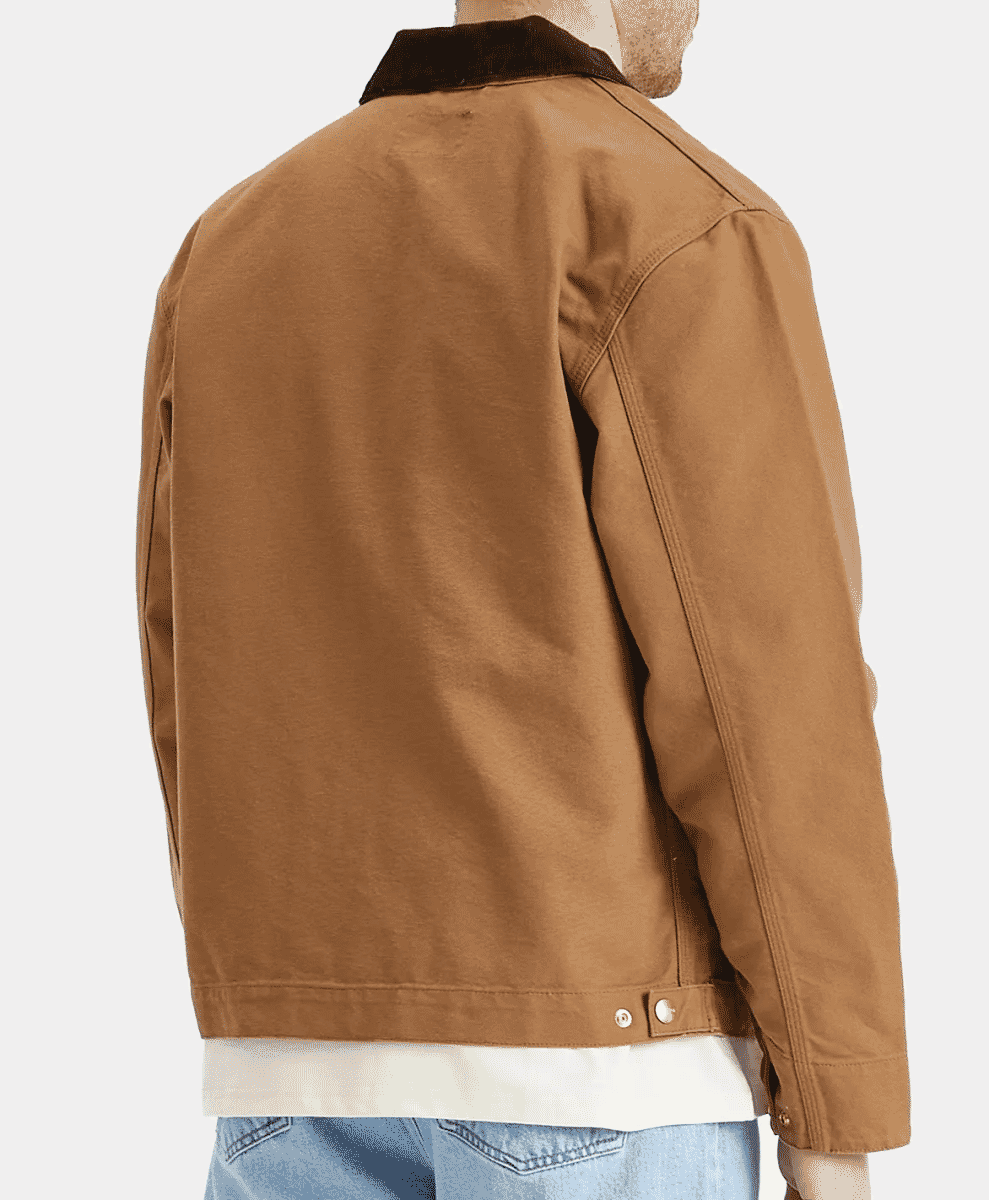
Function, form, and the virtue of stubbornness
There’s something deeply appealing about a garment that has absolutely no interest in impressing you. The Detroit jacket is cropped and boxy, so it doesn’t snag on equipment. The collar is corduroy, because it’s easier on the neck. The zip is brass, because brass doesn’t give up. Nothing on it is decorative. Nothing asks for your attention. And in that refusal to try, it becomes quietly iconic.
It breaks in, rather than wears out. It softens, but never sags. It’s the kind of jacket you can repair, reline, and keep using. And, much like a pair of raw denim jeans, once you’ve lived in it – truly lived in it – you’ll find that nothing else really compares.


From job site to cypher
In the early 1990s, the Detroit jacket took an unlikely detour. It left the building site and turned up on the backs of rappers in New York. Nas wore one. So did Tupac. It made sense. Here was a garment that radiated toughness, credibility and complete disinterest in fashion’s peacocking. It became uniform – not for construction crews now, but for lyricists, producers, DJs and hype men.
Then came the skaters, then the graffiti kids, then the students. What started as a utility jacket had become a signal. Not of wealth, or status, but of intent.
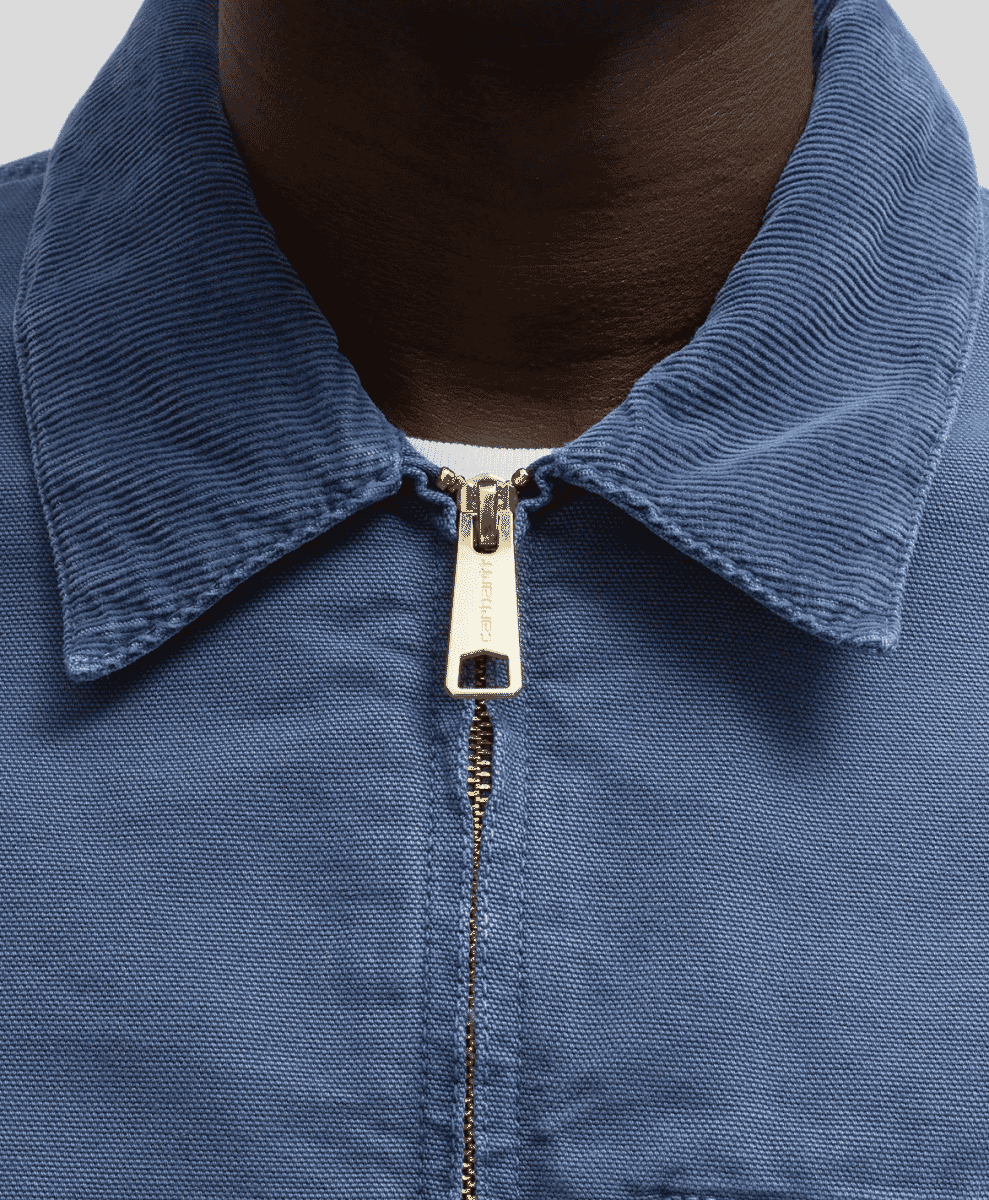
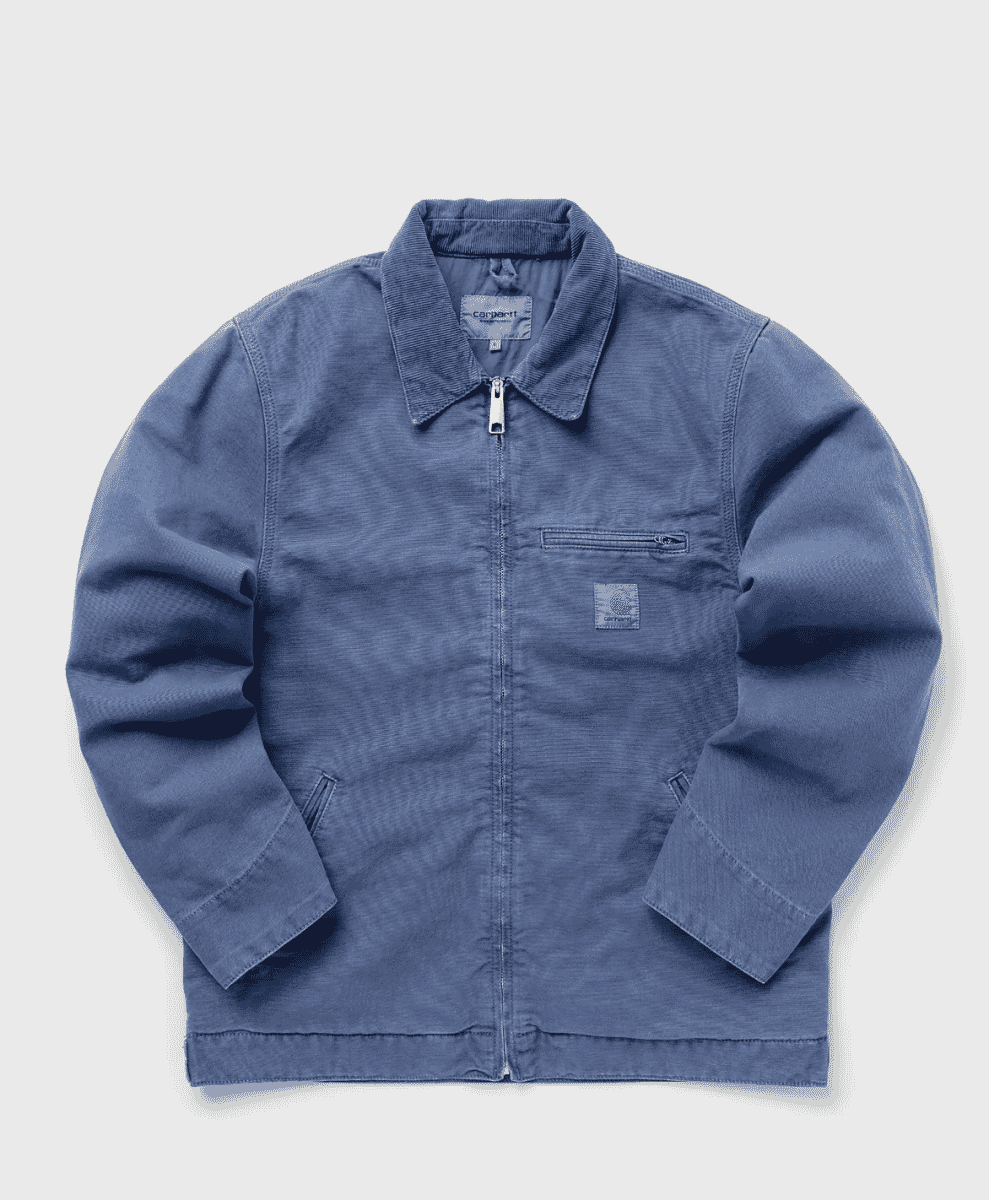
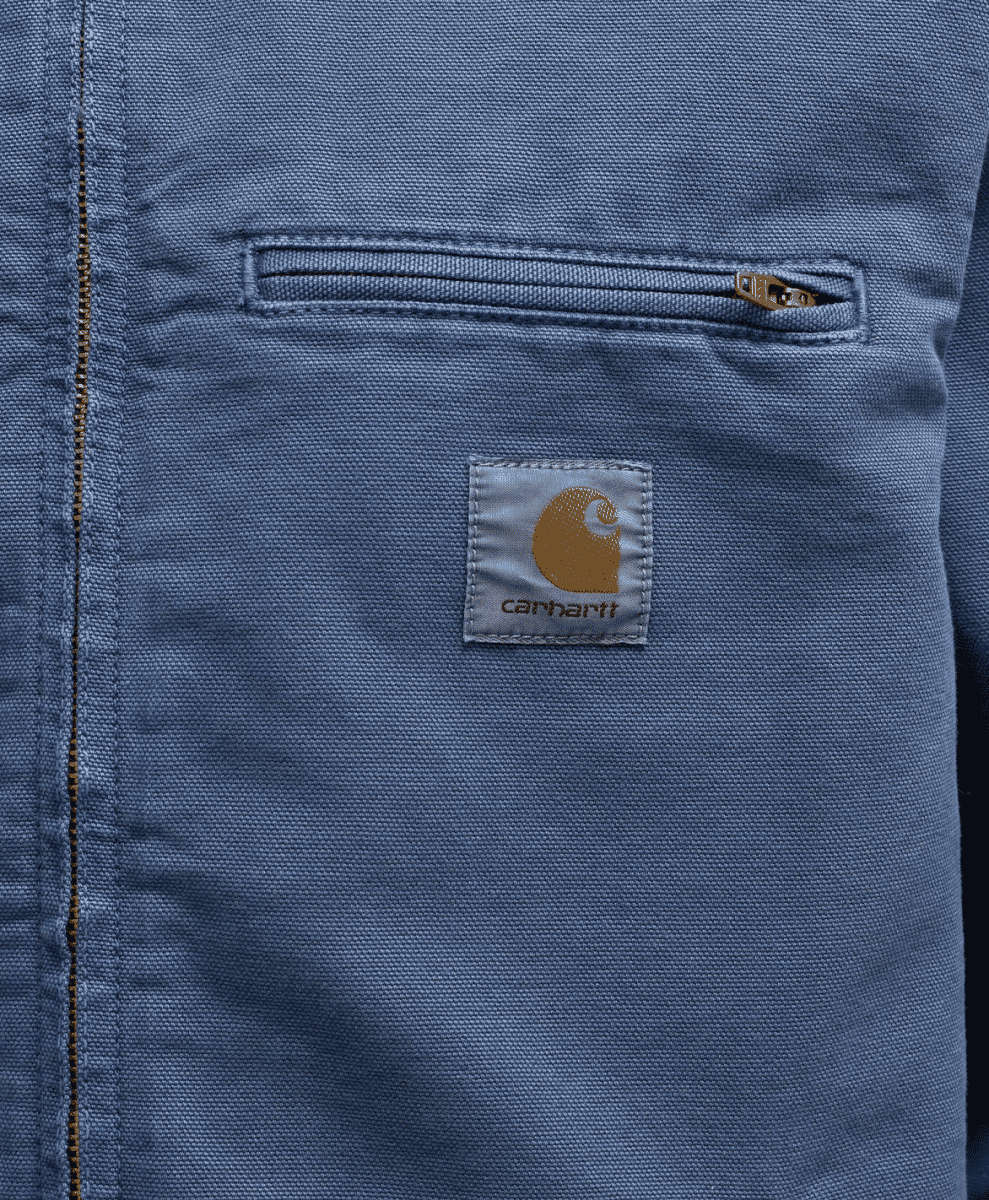
Carhartt WIP: the remix
The European fashion world saw this and did what it does best – recontextualised it. In 1989, Carhartt Work In Progress was founded in Germany and began tweaking the classics for a more aesthetically picky audience. The jackets were re-cut, the fabrics softened, the colourways multiplied. The Detroit jacket went from being a stubborn old mule of a garment to a desirable object – not polished, but refined.
It started turning up in fashion editorials. Then in lookbooks. Then on catwalks. Collaborations with Junya Watanabe, A.P.C. and Patta pushed it further into capital-F Fashion territory, but crucially, it still felt like Carhartt. A bit gruff. A bit blunt. Still built like it might need to survive an industrial accident.

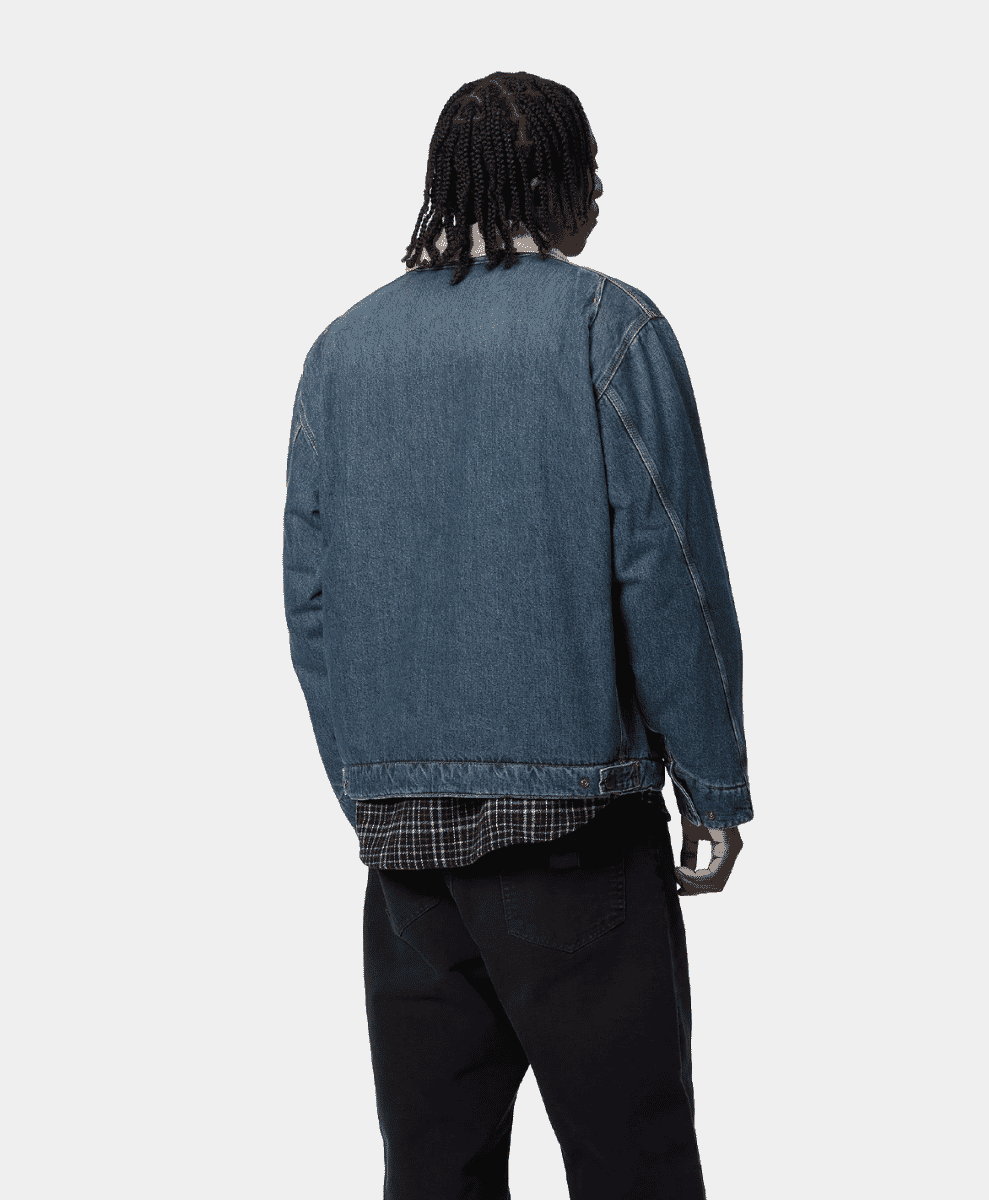
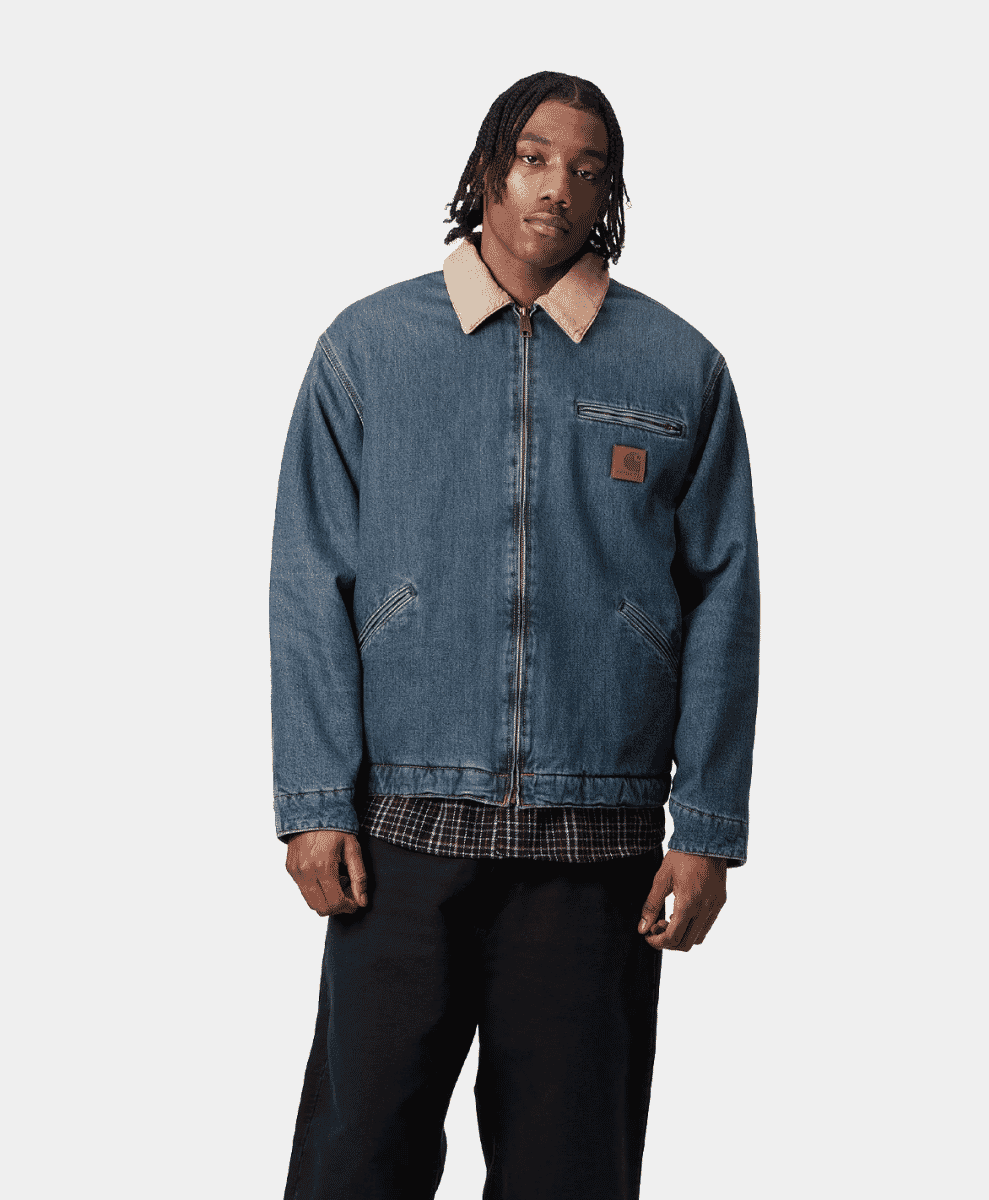
Still standing
So where does that leave it now? Is it a workwear icon? A streetwear staple? A hype commodity? The answer is: yes. All of those things. It’s still worn by mechanics in Michigan. But it’s also worn by DJs in Hackney Wick and graphic designers in Copenhagen. It’s sold at Dover Street Market and Tractor Supply Co. – which tells you everything you need to know about its dual identity.
Some garments burn bright, then disappear. The Detroit jacket just… carries on. It doesn’t chase trends, it doesn’t pivot to seasonality, and it exists slightly out of step with the fashion world, which is exactly what makes it irresistible to people who live in fashion.

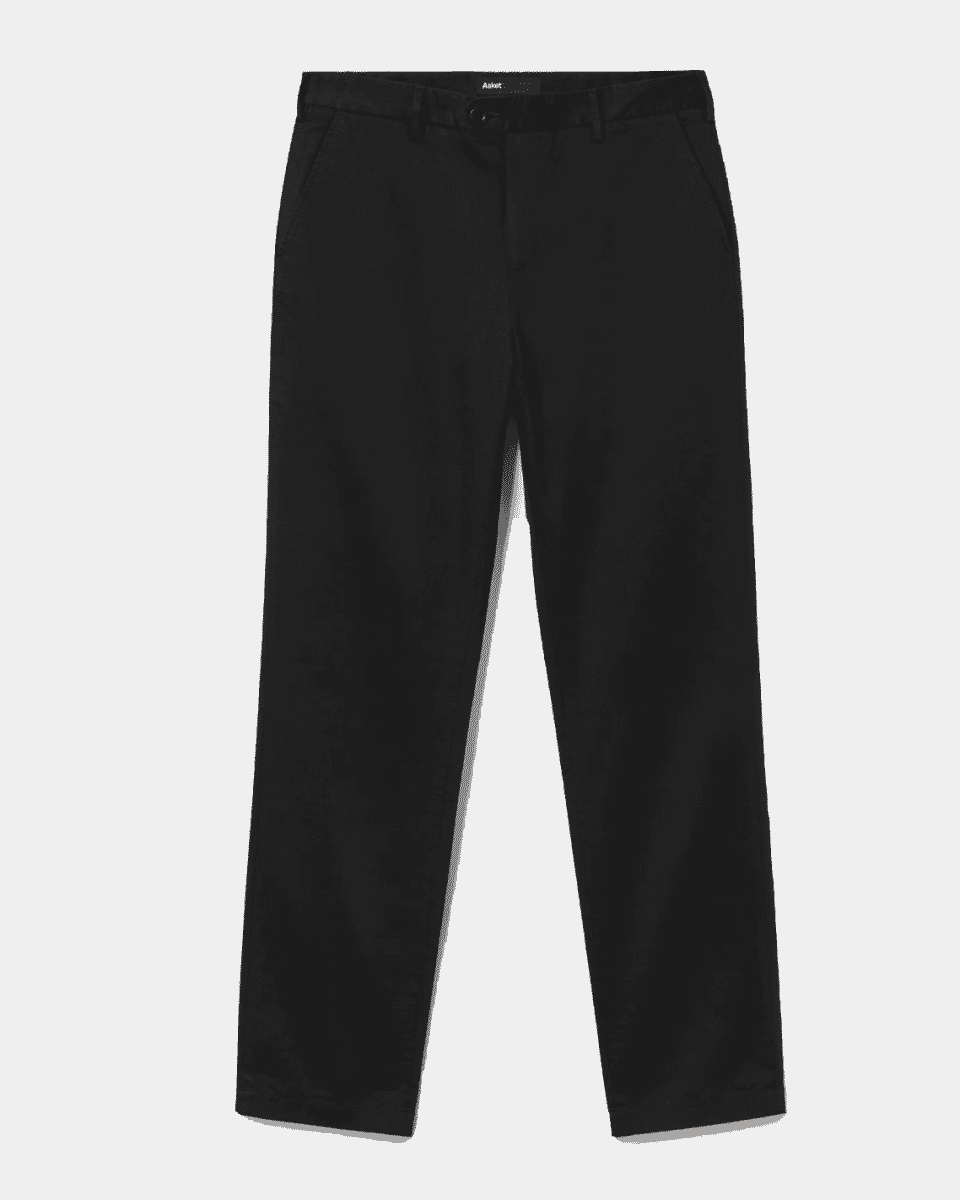

Carhartt Detroit jacket: Don’t overthink it
The Detroit jacket is not a clever garment. That’s the point. It’s honest. It does what it says on the label. And the fact that it now occupies a place in the wardrobes of stylists, rappers, artists and engineers alike is a testament to one simple truth: if something is good, and useful, and well-made, people will find it. People will wear it. And people will keep wearing it – long after the runways have moved on.
You could spend £1,200 on a piece of outerwear that promises performance, elegance and cultural relevance. Or you could spend £120 on a Carhartt Detroit jacket and get all three, without any of the nonsense. Your call.
Next up: How to build a workwear-inspired wardrobe.




